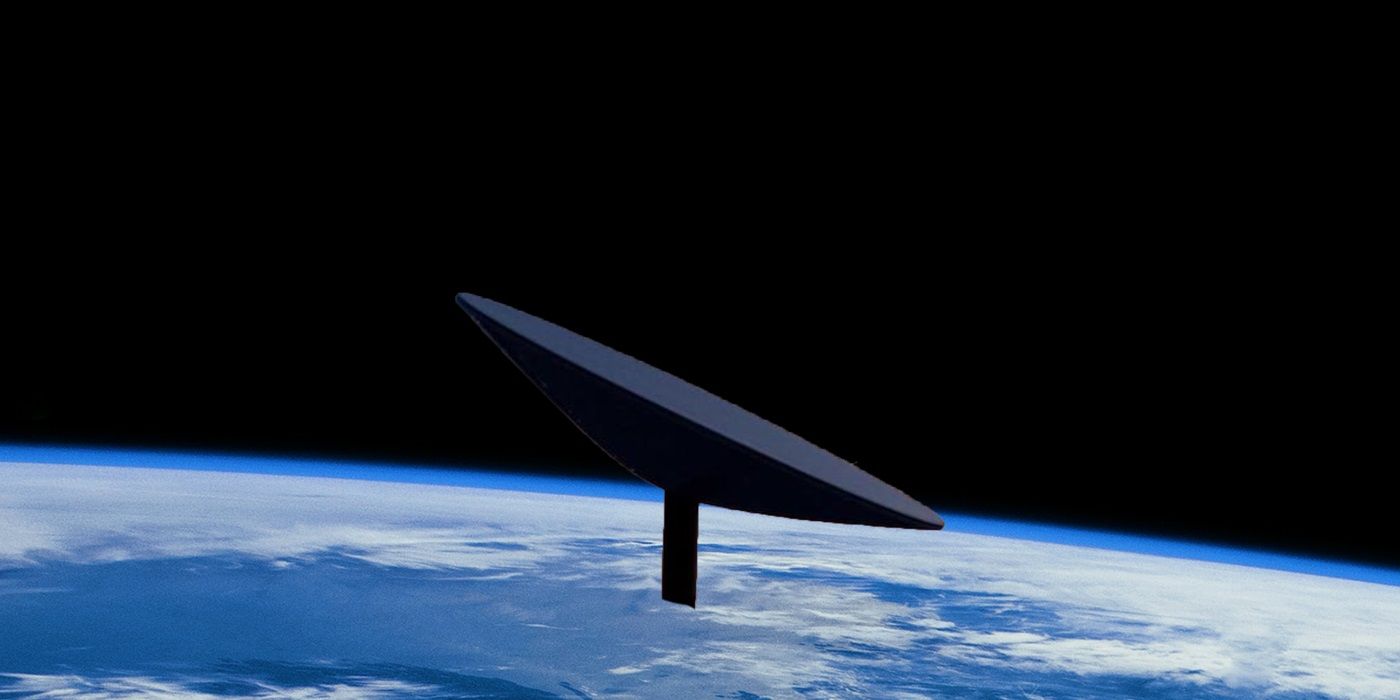SpaceX‘s Starlink internet program may still be in beta, but it’s already garnering additional levels of cooperation from one of the world’s most prominent space organizations. The company only just recently began to accept pre-orders for potential customers in the United States, Canada, and the UK, but as Starlink continues to incorporate more of its satellites into the fold, NASA has reached a mutually beneficial agreement with the fast-growing company.
Founded by Tesla CEO Elon Musk, SpaceX’s Starlink satellite internet program utilizes several satellites in low-Earth orbit to (hopefully) deliver reliable internet speeds to parts of the world that have traditionally struggled to achieve consistent connections. The program launched its first Starlink satellite back in 2019 and already has more than 1,000 in active orbit, as SpaceX continues to work towards its plans of being able to provide up to 10Gbps download speeds in the future.
As a sign of Starlink’s exponential progress, SpaceX and NASA recently announced a joint agreement that will allow both parties to work together in order to avoid NASA spacecraft and Starlink satellites from getting in each other’s way. According to a statement made by acting NASA Administrator Steve Jurczyk, it was important to establish clear lines of communication so that the organizations can “maintain a safe space environment.” The sheer number of satellites launched by SpaceX in recent years is surely part of the need for this agreement, which truly displays how invested the company is in getting Starlink off the ground and how quickly the program has evolved.
Starlink Growing Faster Than Many Anticipated

A few years ago, Starlink seemed like a potentially revolutionary idea, though one that appeared more conceptual than achievable just like Musk’s proposed plans for a hovering Tesla Roadster. Now, a couple of years after the company’s first satellite launch, the organization that put someone on the moon has been prompted to reach an agreement about safe practices in space with Starlink. While SpaceX has wasted little time in advancing its satellite internet program, there are still obstacles to overcome.
The only users that have experienced a Starlink internet connection have done so through beta testing, and while it is currently available for pre-order, the company has maintained a Tesla-like ambiguity about when these orders will be fulfilled. Starlink’s website explicitly states that the service is only available in a limited capacity in each coverage area, and orders will be “fulfilled on a first-come, first-served basis.” It’s also going to potentially cost more than the average internet service provider, with a $99 monthly cost, $99 deposit and $499 Starlink kit required to get up and running.
Still, Starlink may turn out to be the best solution for conquering connection gaps around the globe, and SpaceX has already proven that it is moving towards that reality at a shockingly speedy rate. Compared to other satellite solutions in the works, like Amazon’s Project Kuiper, Starlink seems to be light years ahead of the competition.




